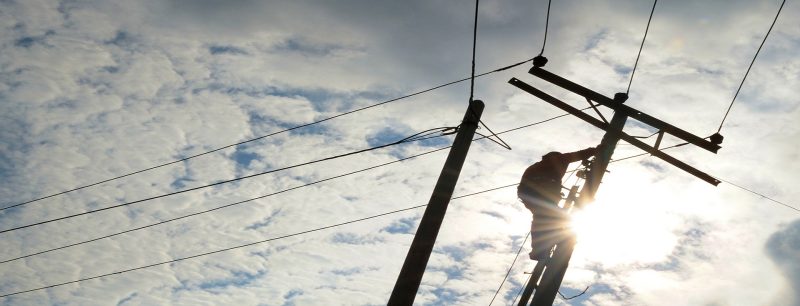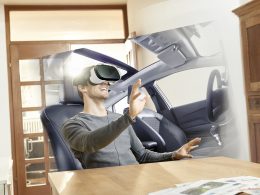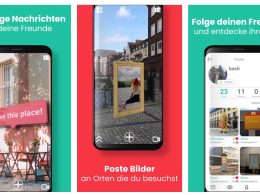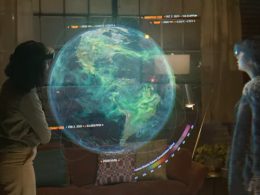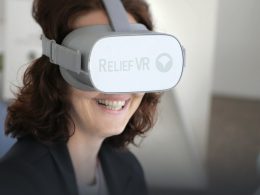Pupils explored the Bayernwerk AG plant in Gebelkofen from the classroom - with virtual reality glasses.
In a substation, transformers are used to convert high voltage into medium voltage. The electricity can then be reduced to low voltage using transformer stations and finally transported to households. You can imagine what it could mean for all of us if a fault were to occur in a substation. Want to quickly and safely explore a substation with a class, without having to drive there? It's easy: put virtual reality goggles over your head, put the controller in your hands and off you go to the Gebelkofen substation. The pupils of class 8a at Lappersdorf Grammar School (DE) were allowed to test the VR experience. Another Example how VR is increasingly finding its way into schools.
"By using VR, you save a lot of time that you would otherwise spend in the car. This also saves costs," explains Michael Renghart. In addition, partner companies of Bayernwerk AG can be familiarised with the substation without having to be on site. Up to eight people can meet virtually in a substation at the same time - but you can't see the person themselves, just an avatar. Of course, this applies not only to school classes, but to all kinds of partner companies.
To enable the tour, the substation in Gebelkofen in Lower Bavaria was scanned in its entirety and the resulting point cloud was vectorised using CAD software. With this data, the substation can be completely modelled in virtual reality. Using a system consisting of VR goggles and controllers, people can enter the plant from anywhere and explore it freely. The Eon grid subsidiary Bayernwerk wants to map all of its 750 or so substations using virtual reality (VR).
Up to 1,000 hours of travelling time eliminated
Bayernwerk is more specific when it comes to the potential savings on business trips. If the substations are fully digitalised, the company expects to save between 800 and 1,000 hours of travel time per year. However, it will be some time before this target is reached. The complete mapping of all locations in VR will still take around four years. In the future, Renghart expects to see even more fields of application for VR in substations. One of these is the planning of construction and modernisation work in the plants. Technical extensions to the system are also being considered so that the systems can also display real-time data in the VR world via a back-end connection.
VR can also be used in training or recruitment, as the Eon company Avacon is already doing. Here, VR helps to convey realistic impressions of different job profiles in a safe environment.
Source: mittelbayerische /bayernwerk / energate-messenger





